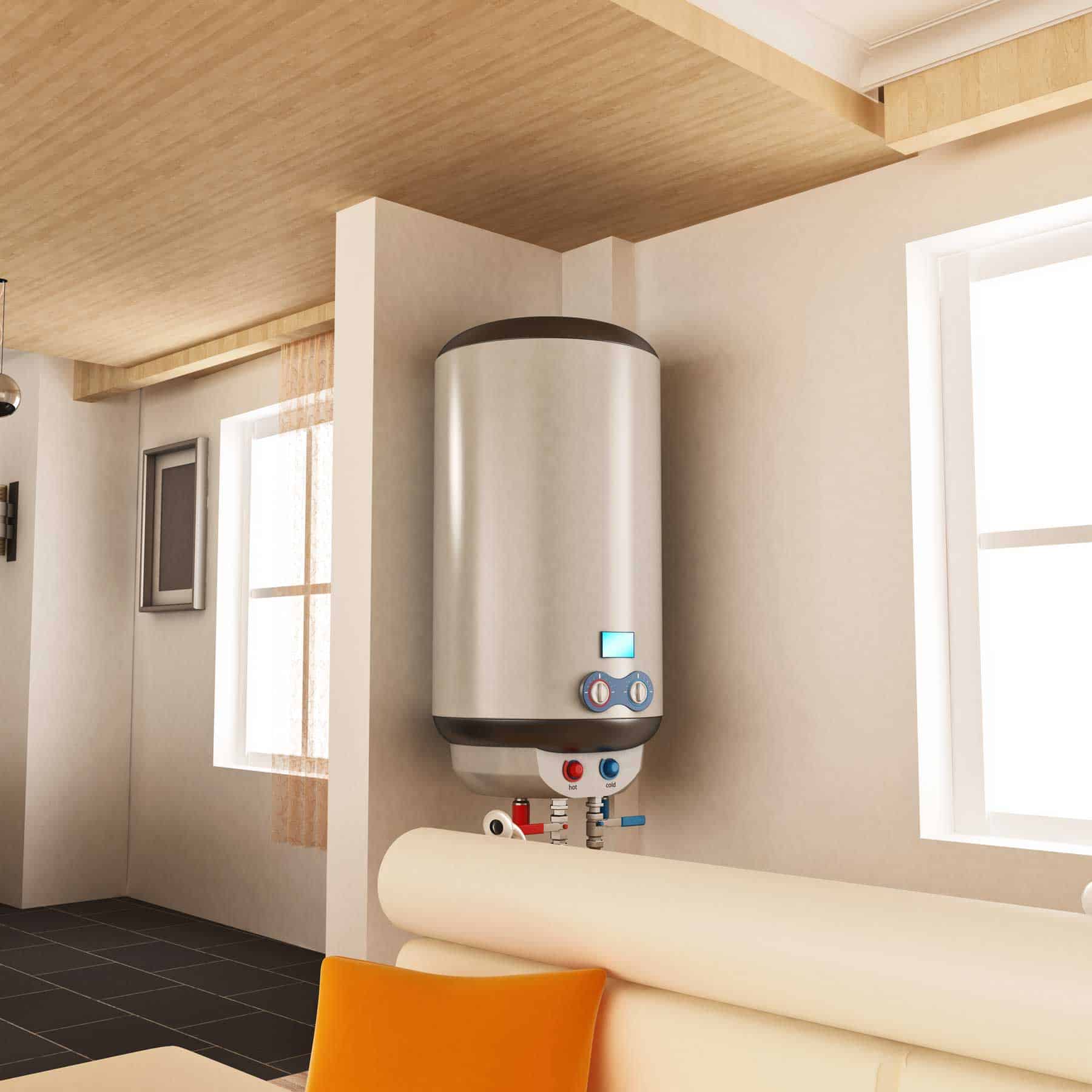Making Sure Longevity of Your Home's Hot Water System: Maintenance Advice
Making Sure Longevity of Your Home's Hot Water System: Maintenance Advice
Blog Article
We've noticed this post pertaining to How to Maintain a Hot Water Heater in a Few Simple Steps below on the internet and accepted it made perfect sense to talk about it with you over here.

Warm water is important for day-to-day comfort, whether it's for a rejuvenating shower or cleaning dishes. To guarantee your hot water system runs effectively and lasts much longer, regular upkeep is vital. This short article supplies practical ideas and insights on how to preserve your home's warm water system to avoid interruptions and pricey repairs.
Introduction
Keeping your home's hot water system might appear overwhelming, but with a few basic actions, you can ensure it runs smoothly for years ahead. This guide covers whatever from recognizing your hot water system to DIY maintenance ideas and recognizing when to hire expert aid.
Significance of Keeping Your Warm Water System
Normal maintenance not only extends the life expectancy of your warm water system but also ensures it operates effectively. Ignoring upkeep can bring about decreased effectiveness, greater power expenses, and also early failing of the system.
Indications Your Hot Water System Needs Maintenance
Recognizing when your warm water system needs attention can protect against major problems. Keep an eye out for indicators such as inconsistent water temperature, unusual noises from the heater, or rustic water.
Flushing the Water Heater
Flushing your water heater removes debris build-up, boosting efficiency and lengthening its life.
Monitoring and Changing Anode Rods
Anode poles avoid rust inside the tank. Inspecting and replacing them when worn out is essential.
Complex Issues Calling For Specialist Aid
Instances include significant leaks, electric problems, or if your water heater is constantly underperforming.
Routine Expert Upkeep Benefits
Professional maintenance can consist of thorough inspections, tune-ups, and ensuring conformity with security standards.
Evaluating and Readjusting Temperature Setups
Adjusting the temperature level settings ensures optimum performance and security.
Do It Yourself Tips for Maintenance
You can do numerous upkeep jobs on your own to maintain your warm water system in leading problem.
Checking for Leakages
Frequently inspect pipelines and connections for leakages, as these can result in water damages and greater bills.
Comprehending Your Hot Water System
Prior to diving into upkeep tasks, it's valuable to understand the fundamental components of your warm water system. Generally, this consists of the water heater itself, pipelines, anode rods, and temperature level controls.
Regular Monthly Upkeep Tasks
Regular month-to-month checks can help capture small problems before they intensify.
Examining Stress Alleviation Valves
Examining the stress relief valve ensures it operates correctly and stops excessive pressure build-up.
Protecting Pipelines
Insulating hot water pipelines reduces warm loss and can conserve energy.
When to Call a Specialist
While DIY maintenance is helpful, some issues need specialist proficiency.
Final thought
Normal maintenance of your home's warm water system is essential for effectiveness, durability, and price savings. By following these ideas and knowing when to seek expert assistance, you can make certain a dependable supply of hot water without unforeseen disturbances.
Water Heater Maintenance Tips
Test the TPR Valve
Shut off the power and the cold-water supply valve. Place a bucket under the pipe connected to the temperature-pressure-release (TPR) valve on the top or side of the tank. (This valve opens if the tank pressure gets too high.) Lift the valve’s tab to let some water out, then let go. If water keeps flowing, drain the tank partway, unscrew the old valve with a pipe wrench, and install a new one. Check the Anode Rod
Put a hose to the tank’s drain cock and let out a few gallons of water. Now fit a 1 1/16-inch socket onto the rod’s hex head on top of the heater (or under its top plate) and unscrew the rod. If it’s less than ½ inch thick or coated with calcium, buy a new one, wrap its threads with Teflon tape, put it back in the tank, and tighten securely. Use this segmented rod if headroom above the tank is limited. Drain the Tank and Wash Out Sediment
Drain the remaining water in the tank into the bucket, then stir up the sediment on the tank’s bottom by briefly opening the cold-water supply valve. Drain and repeat until clean water comes out of the hose. Close the drain cock, refill the tank, and turn its power back on. Adjust the Temperature
Find the temperature dial on the side of the tank and unscrew its cover. Adjust the dial to 120 degrees using a flathead screwdriver. For every 10 degrees the temperature is lowered, you can expect to save up to 5 percent in energy costs. Turn the water heater off or the thermostat down to its lowest setting if you plan to be away from home for more than three days. Insulate the Pipes
Buy some self-sticking 3/8-inch-thick foam pipe insulation that matches the pipes’ diameter. Slide the foam over the hot-and cold-water pipes as far as you can reach. Insulating the cold-water pipe prevents condensation in summer. Peel the tape and squeeze the insulation closed. If the pipe is 6 inches or less from the flue, cover it with 1-inch-thick unfaced fiberglass pipe wrap. https://www.thisoldhouse.com/plumbing/21016402/how-to-maintain-a-water-heater

We had been guided to that editorial on How to Maintain Your Water Heater & Prolong its Life through someone on our other website. In case you enjoyed our article please do not forget to share it. Thank you for your time. Kindly stop by our blog back soon.
Book A Service Report this page